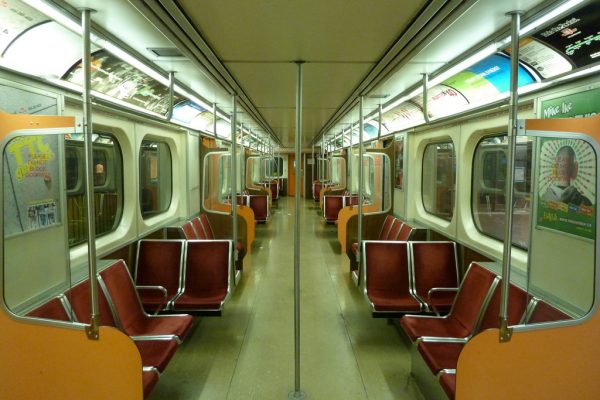
What’s not the centre of the (North American) universe? In terms of mass transit: Toronto. That nod goes to the New York system, whose daily weekday ridership [2010 figures] is over 7 million. Of course, the New York system opened in 1904, 50 years ahead of Toronto’s. Mexico City comes next, way ahead of Toronto’s ridership. Toronto and Montréal’s Metro are virtually tied at just over 1 million riders each weekday. And that brings us to the focus of this article: large Canadian transit systems.
In terms of “urban rapid transit”, the top five cities in Canada per ridership, in reverse order are:
5. Edmonton Light Rail Transit
4. C-Train (Calgary)
3. SkyTrain (Vancouver)
2. Montréal Metro
1. Toronto Transit Commission (TTC)
The investment in rapid transit is very, very significant. It seems every year in Toronto there’s a fare price hike. For example, in the late fall of 2012 the TTC released a document called 2013 BUDGET UPDATE AND FARE INCREASE CONFIRMATION. Among other things, the document recommended a 5-cent increase on a single adult token. This may not sound like a lot, but for those who rely on transit in the GTA every day, it matters. The TTC’s annual Operating Budget currently stands at over $400 million.
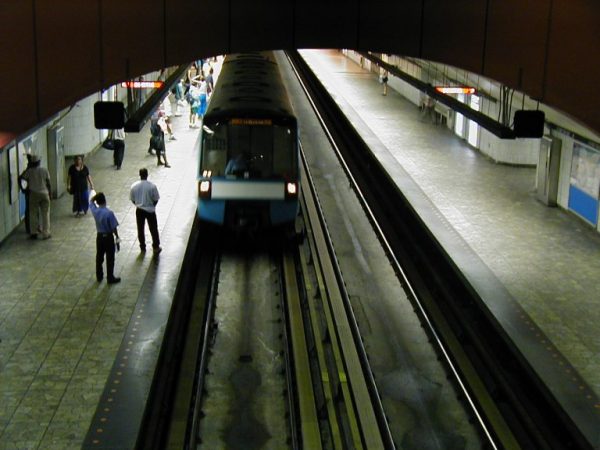
Have you ever taken a ride on Montréal’s Metro? Their subway is quite unique: it uses rubber tires. It opened in 1966, and it currently has four lines covering almost 70 K in distance, and some 68 stations. By 2010, it had transported over 7 billion passengers. The Metro has designed of the most decorative, interesting stations, such as the one at Berri-UQAM station that shows the artwork of Pierre Gaboriau and Pierre Osterrath. Like most major rapid transit systems, the Metro opens early and closes … early. Their weekday hours, for example, run from 5:30 a.m. to 1:30 a.m. The transit planners in Montréal have ambitious plans to broaden their system for their patrons. The Agence métropolitaine de transport (AMT) announced in the late fall of 2011 their Vision 2020 plan. In brief, it called for the realization of three principal goals:
- See to the quality of public transit. A network of services that is harmonized and synchronized.
- Sustainable mobility. Public transit ridership to increase by a third.
- Network deployment. Commuting access needs to expand (as much as 250 K of reserved lanes).
Funding for large transit systems seems to always be a sore point. In the case of the TTC, there’s the constant give and take, hue and cry, between them, the City of Toronto, and the Province of Ontario. As great and complicated—and mostly effective—as the two largest transit systems in Canada are, they are not without their service issues, and detractors.
A CBC story from May, 2012 had this headline: Montreal metro: Delays, delays, delays. If you figured out the story was about angry passengers cussing late Metro trains, well, you figured it out right! And this is simply one of the stories from any large, mass-transit city in the Country. Their system asked for more funding. Most do. Though Torontonians only suffered through a handful of strikes, the last one must have been the ‘ticket’: it wasn’t long after that the Province of Ontario, as requested by the City, took away TTC workers’ right to strike, making the system an “essential service.”
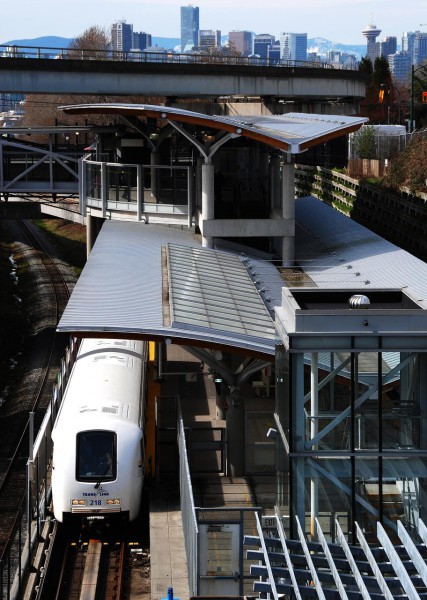
TransLink’s 10-Year Plan currently called for a three-year fully-funded plan; with the remaining seven years taking the form of an ‘outlook’ that included various initiatives, transportation services and programs. Their long-term planning is called Transport 2040. If you’re interested in finding out more about that, please look at the following link: http://www.translink.ca/en/Plans-and-Projects/Regional-Transportation-Strategy.aspx.
Adult fares for vary, depending on how many zones are crossed. They run from $2.50 to $5.00, with special add-on rates for airport trips.
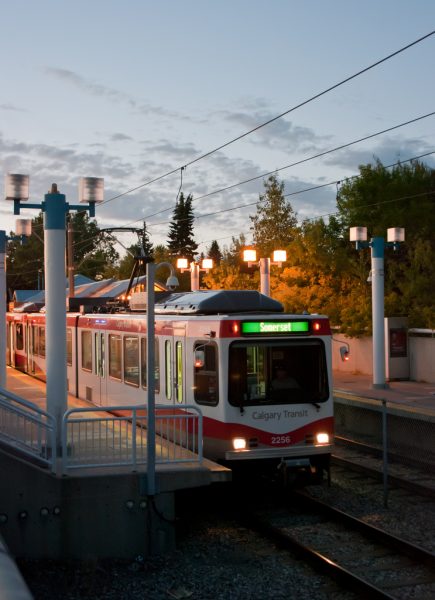
The motto of Calgary Transit is “To provide safe, accessible and courteous public transportation services in response to the needs of our customers”, and this reflects every major transportation system’s growing recognition that paying for a ride isn’t where public transit starts or stops. Head over to their website at any given time, and if there are any delays you’ll see them front and centre on their home page. Adult fares currently stand at $2.75 per ride (cheaper than the TTC, but depending on how far you ride, less than the SkyTrain). As with all other systems, there are supporters (many of them), and detractors. Head over to Yelp.ca to get an earful of reviews. It seems most Calgarians have a handle on the pros and cons of transit in their city. In December, 2012 the system opened a new, $1.4 billion dollar expansion which is their west LRT line. It was the first new line to open on the system in a quarter of a century.
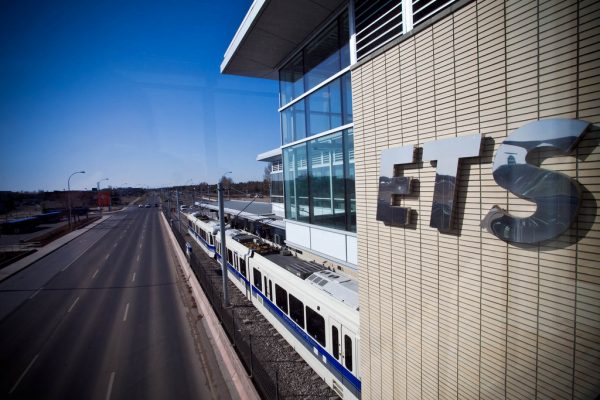
Edmonton’s Light Rail Transport (LRT) is part of the Edmonton Transit System (ETS). Operations began in 1978, and daily ridership currently tops 100,000. There’s of course the light rail part, and there are buses. In fact, they have an entire fleet of accessible low floor buses. There are approximately 200 bus routes, and until very recently, Edmonton had something very few cities have seen: trolleybuses. Electrified buses were the quietest vehicles around, but times change, and long after Toronto saw the end of theirs, Edmonton did the same thing.
The cost of adult fare on the ETS in 2012 was $3; close to the same as all major transit hubs.
Another nifty convenience offered by Edmonton’s Transit System is a trip planner. Head over to the City of Edmonton’s website, in their transportation section and you can punch in your From and To details based on landmarks, bus stops, street intersection, or specific address. The ETS even has a trip planner specifically for school service.
As funding debates rage in all major Canadian transportation hubs, and as they struggle to maintain ridership, and safe and courteous service, one fact seems irrefutable: most Canadians have benefited from them.